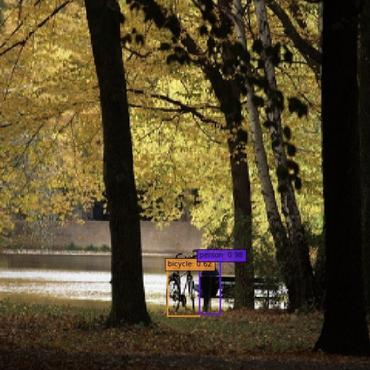Remote Sensing Image Super-resolution and Object Detection: Benchmark and State of the Art
For the past two decades, there have been significant efforts to develop methods for object detection in Remote Sensing (RS) images. In most cases, the datasets for small object detection in remote sensing images are inadequate. Many researchers used scene classification datasets for object detection, which has its limitations; for example, the large-sized objects outnumber the small objects in object categories. Thus, they lack diversity; this further affects the detection performance of small object detectors in RS images. This paper reviews current datasets and object detection methods (deep learning-based) for remote sensing images. We also propose a large-scale, publicly available benchmark Remote Sensing Super-resolution Object Detection (RSSOD) dataset. The RSSOD dataset consists of 1,759 hand-annotated images with 22,091 instances of very high resolution (VHR) images with a spatial resolution of ~0.05 m. There are five classes with varying frequencies of labels per class. The image patches are extracted from satellite images, including real image distortions such as tangential scale distortion and skew distortion. We also propose a novel Multi-class Cyclic super-resolution Generative adversarial network with Residual feature aggregation (MCGR) and auxiliary YOLOv5 detector to benchmark image super-resolution-based object detection and compare with the existing state-of-the-art methods based on image super-resolution (SR). The proposed MCGR achieved state-of-the-art performance for image SR with an improvement of 1.2dB PSNR compared to the current state-of-the-art NLSN method. MCGR achieved best object detection mAPs of 0.758, 0.881, 0.841, and 0.983, respectively, for five-class, four-class, two-class, and single classes, respectively surpassing the performance of the state-of-the-art object detectors YOLOv5, EfficientDet, Faster RCNN, SSD, and RetinaNet.
PDF Abstract





 MS COCO
MS COCO
 ssd
ssd
 DOTA
DOTA